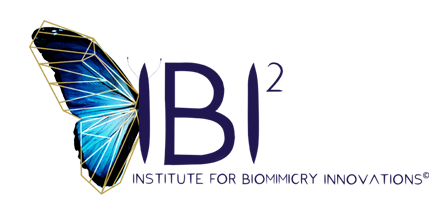Biomimicry, bio-design & bionic training
Biomimicry, bio-design and bionic use nature as a tool or inspiration for sustainable and innovative solutions. One of the first examples in history is Leonardo da Vinci. He imitated birds and made a design for a flying machine which later became a fundamental principle for the helicopter.
Biomimicry
With biomimicry and bionic, the emphasis is on imitating nature. Biomimicry is learning and then mimicking natural forms, processes and ecosystems to create sustainable designs. With biomimicry we do not look at what we can extract from nature, but what we can learn from it. The term biomimicry is derived from the contraction of the Greek words bio “life” and mimesis “imitate”, so literally “imitate life”.
Biodesign
Biodesign is the use of living organisms in the design of products. For living organisms, think of fungi, algae, yeast, bacteria, plants and cultured tissues. The idea is to create a product of wich the qualities are improved as a result of the use of these living materials.
Bionic
Bionic is the study of mechanical systems that function as living organisms or parts of living organisms. The term bionic is derived from the contraction of the Greek word bios “life” and Tecnica “technology”, so literally “life technology”.
What do you learn?
During IBI²’s biomimicry, biodesign & bionic training you learn what the different concepts entail, the underlying history and how you can apply these design strategies. During the training biomimicry, biodesign, bionic, biobased & biophilia the following topics are covered:
